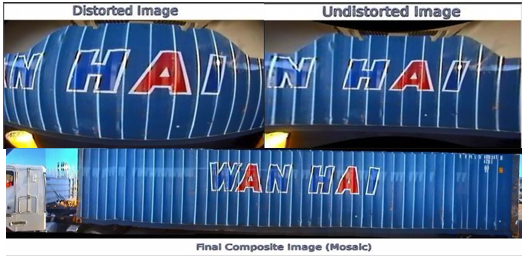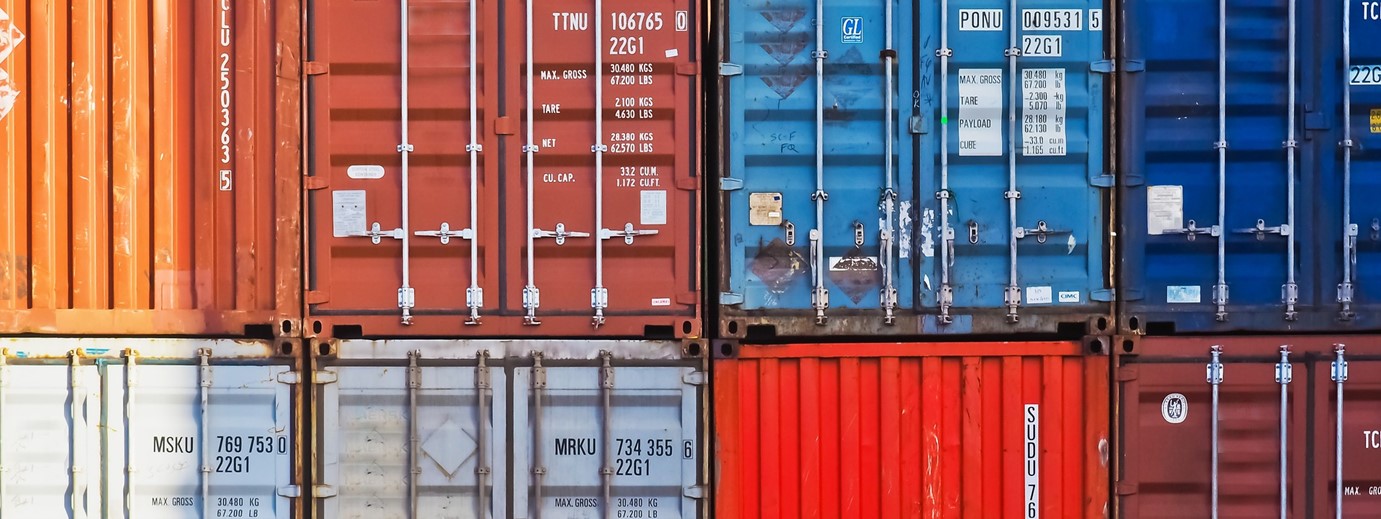The Problem Statement
To do selective mosaicing of a sequence of frames captured by cameras, which were positioned to capture video of top and side view of the container. These mosaics are expected to be used by authorized marine terminal operators for vehicle inspection, optical character recognition and object detection on vehicle surface.
Container Mosaicing Engine was integrated as an add-on plug-in with the client’s existing product.
The client’s central database maintains one record for each job. A job contains all images captured by a specific camera during one transaction. Jobs (and their associated images and job ticket) are stored in a transaction folder on the hard disk. Within each job folder is a job ticket—a text file containing key data elements such as transaction ID, site name, camera name, date/time stamp, and image location.
The Container Mosaicing Engine is defined to look at the job ticket, extract key data [i.e. the time stamp on individual frames] and perform the image mosaicing process. Final summary image is stored onto the disk and ‘pushed’ to the corresponding database tables.
Screenshots

The Solution
After understanding the existing system at Client’s end, KritiKal designed and developed an independent module for CME. The software for CME consisted of a Container Mosaicing Module (CMM) that encompasses an Interface module (IM) and a Mosaicing module (MM).
Container Mosaicing Module manages all interactions with client’s existing system apart from controlling the entire mosaicing process. At initialization, the client’s system initiates an object of the CMM module and passes on the input parameters and the name of a configuration file to it.
The configuration file contains various mosaicing specific parameters that are used by the Mosaicing Module and its sub modules.
On receiving the signal for mosaicing transaction from the client’s system, the CMM instructs the IM object to read in the input images and then calls appropriate functions within the MM in order to create the mosaic.
The MM returns the mosaic image (summary image) to the CMM, which then instructs the IM object to store the summary image on the disk and set the variables for the filename, width and height of the mosaic image. These parameters are then returned to the client’s system.
Benefits Delivered
- Automates the surface inspection system
- Reduces the inspection time per container, all surfaces are processed in parallel
- Reduces the cost of operation
- Provides transaction logs for future
Technology Used
- Container OCR
- Image Processing
- 3 D Vision



